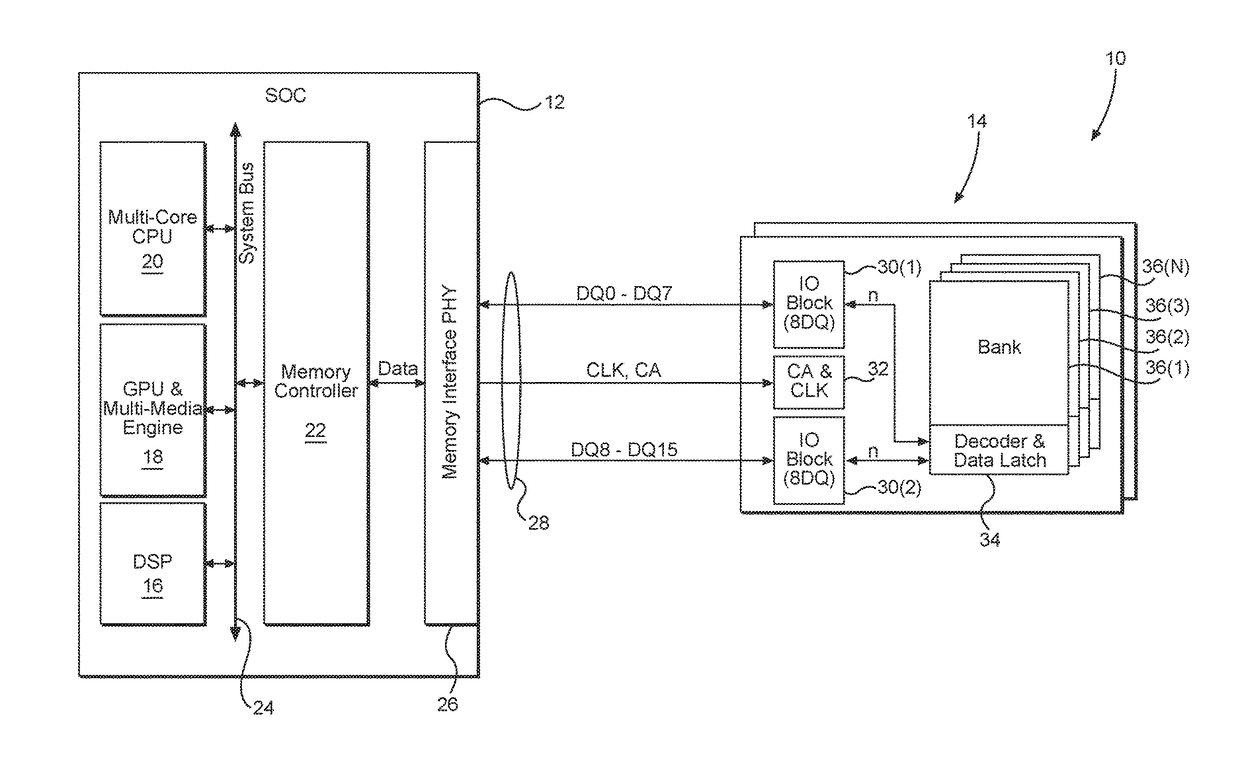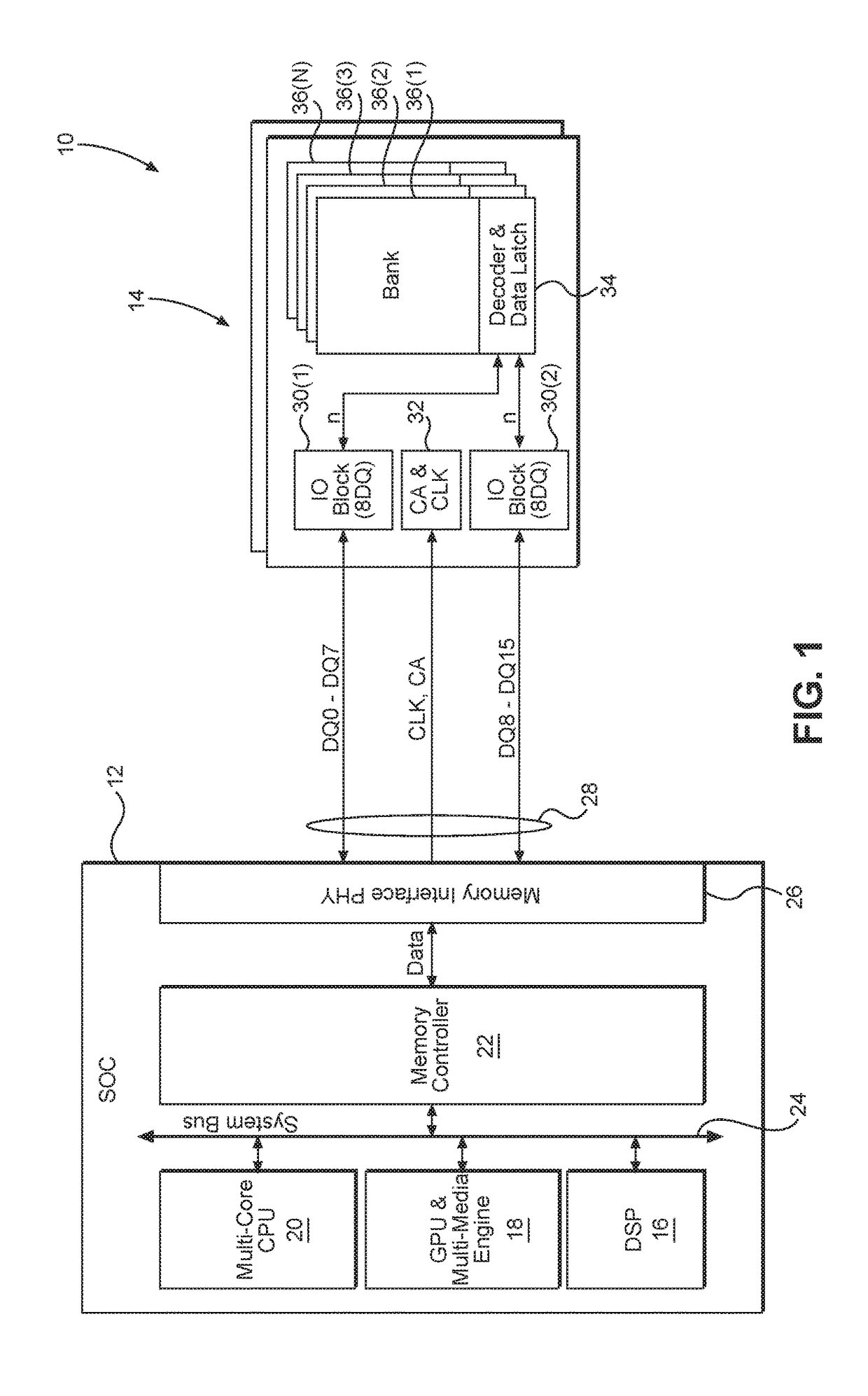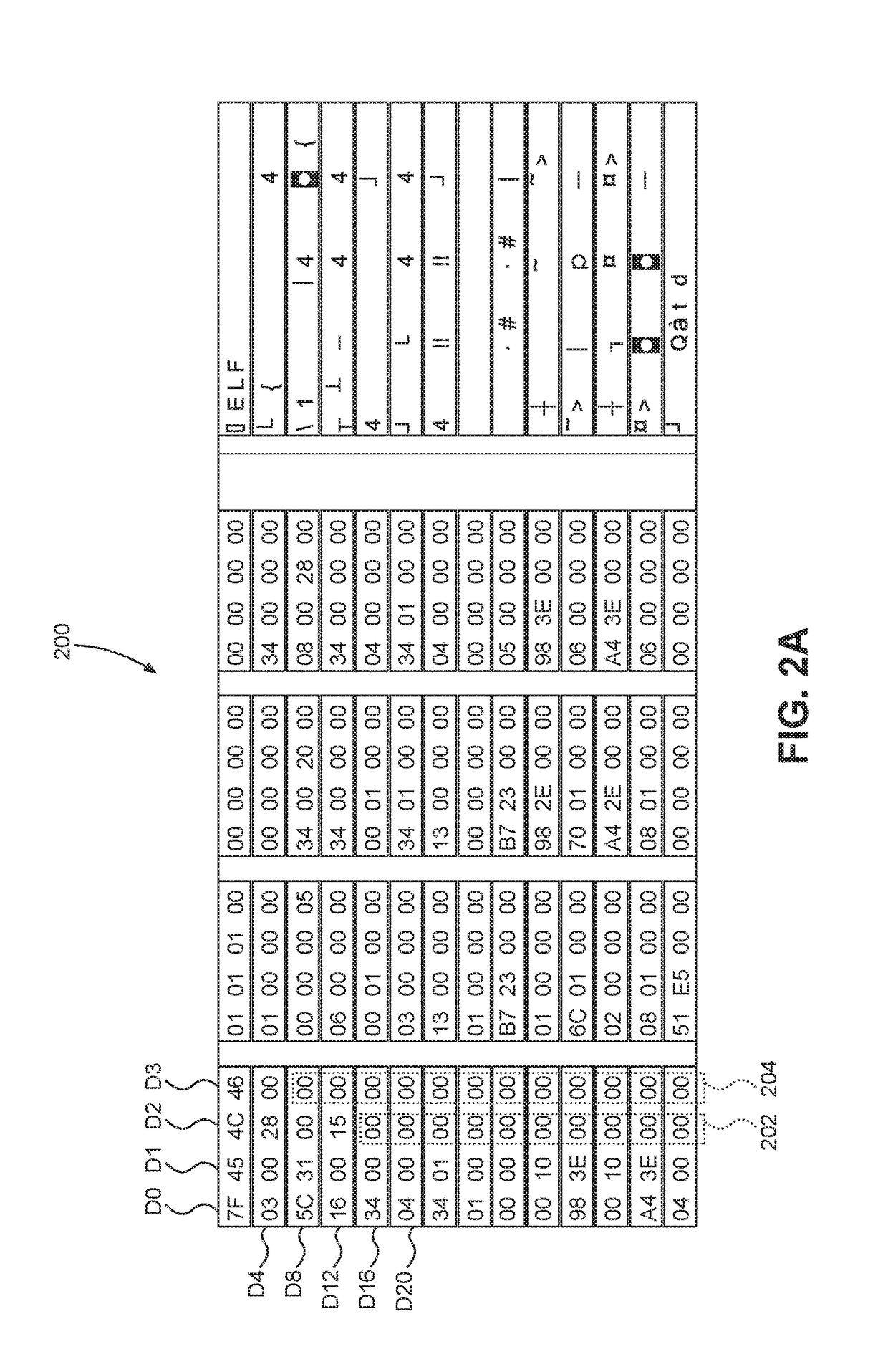Power saving techniques for memory systems
a memory system and power saving technology, applied in the field of memory systems, can solve problems such as circuit performance problems, refresh limitations, etc., and achieve the effect of reducing power consumption and avoiding duplication of data transfers
- Summary
- Abstract
- Description
- Claims
- Application Information
AI Technical Summary
Benefits of technology
Problems solved by technology
Method used
Image
Examples
Embodiment Construction
[0031]With reference now to the drawing figures, several exemplary aspects of the present disclosure are described. The word “exemplary” is used herein to mean “serving as an example, instance, or illustration.” Any aspect described herein as “exemplary” is not necessarily to be construed as preferred or advantageous over other aspects.
[0032]Aspects disclosed in the detailed description include power saving techniques for memory systems. In particular, exemplary aspects of the present disclosure contemplate taking advantage of patterns that may exist within memory elements and eliminating duplicative data transfers. Specifically, if data is repetitive, instead of sending the same data repeatedly, the data may be sent only a single time with instructions that cause the data to be replicated at a receiving end to restore the data to its original repeated state. By reducing the amount of data that is transferred between a host and a memory element, power consumption is reduced.
[0033]Be...
PUM
 Login to View More
Login to View More Abstract
Description
Claims
Application Information
 Login to View More
Login to View More - R&D
- Intellectual Property
- Life Sciences
- Materials
- Tech Scout
- Unparalleled Data Quality
- Higher Quality Content
- 60% Fewer Hallucinations
Browse by: Latest US Patents, China's latest patents, Technical Efficacy Thesaurus, Application Domain, Technology Topic, Popular Technical Reports.
© 2025 PatSnap. All rights reserved.Legal|Privacy policy|Modern Slavery Act Transparency Statement|Sitemap|About US| Contact US: help@patsnap.com



